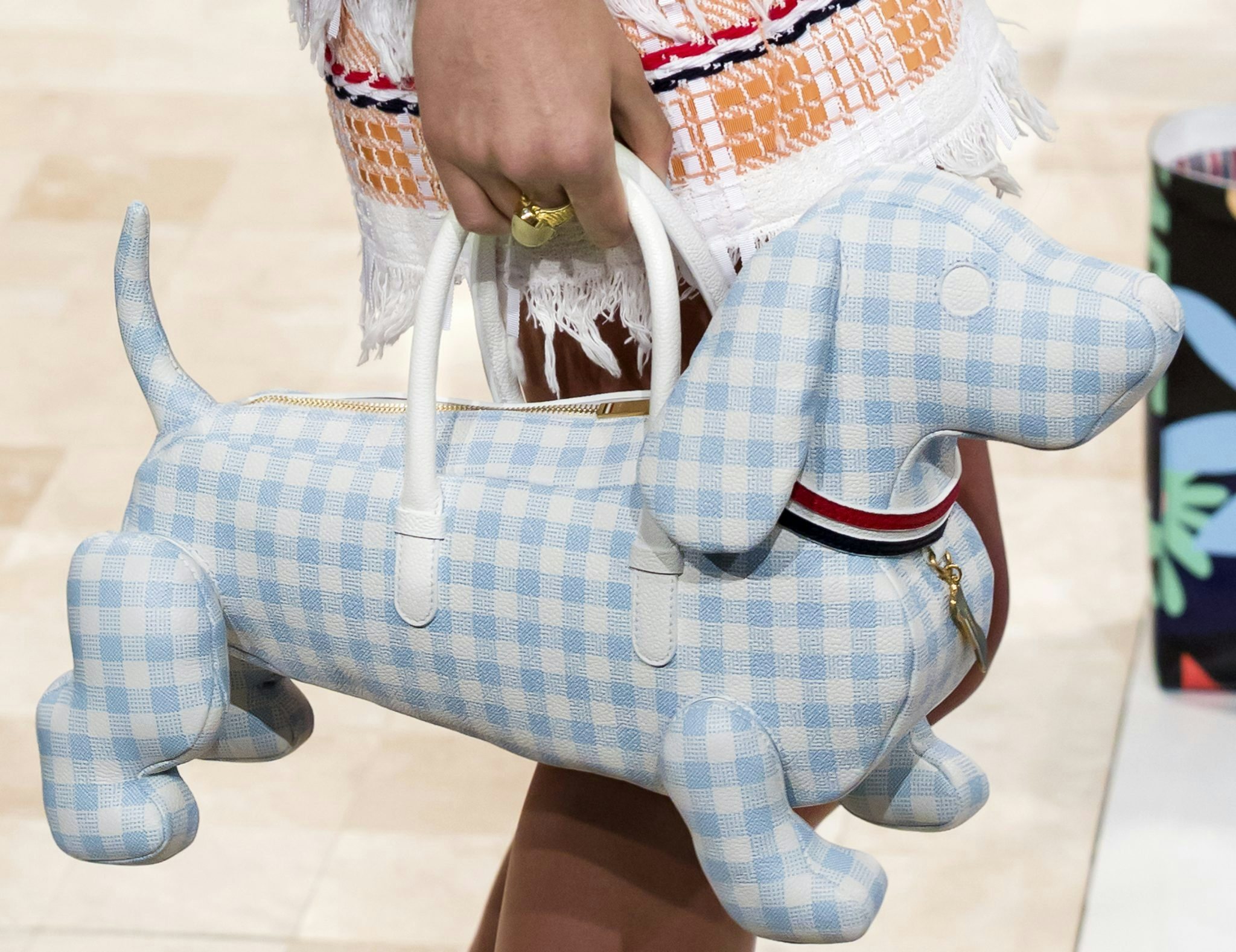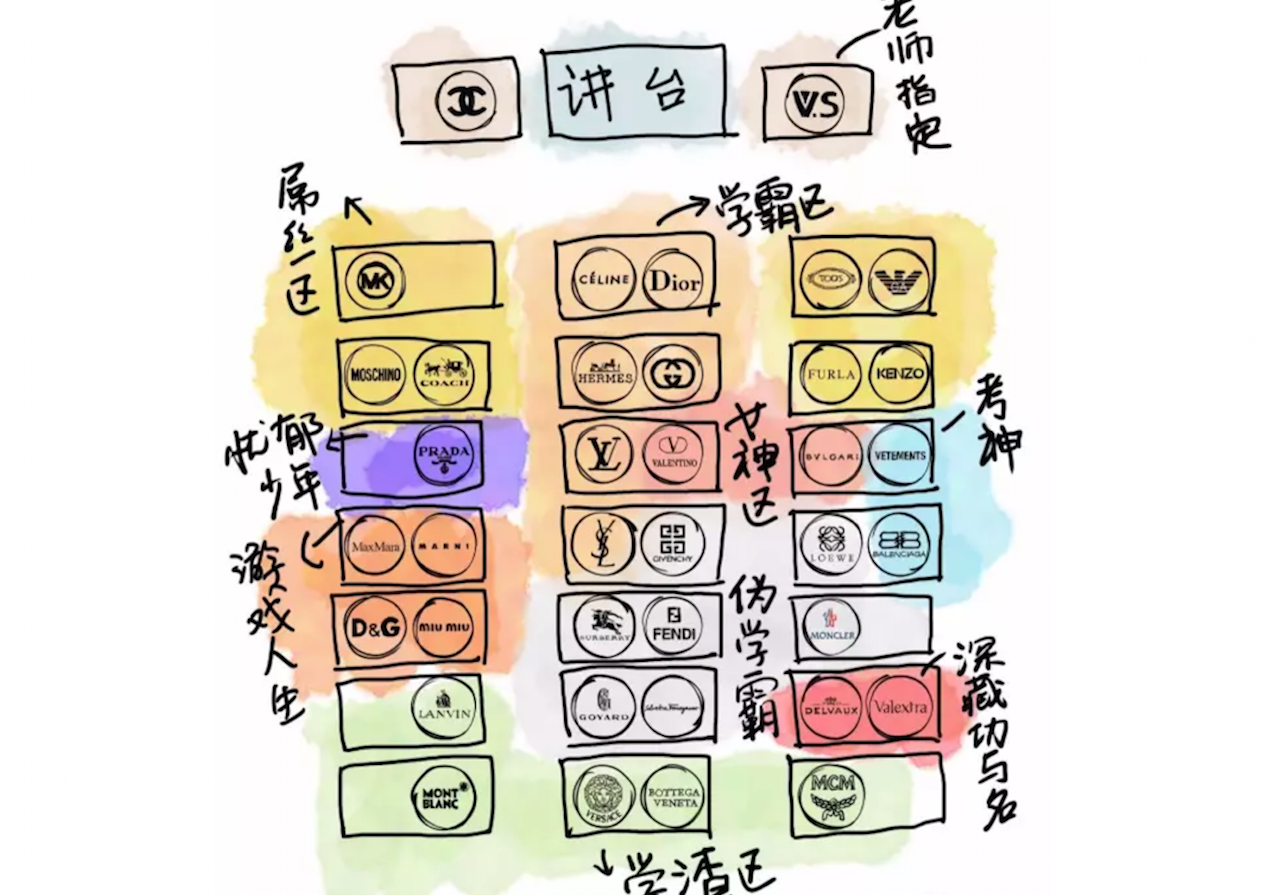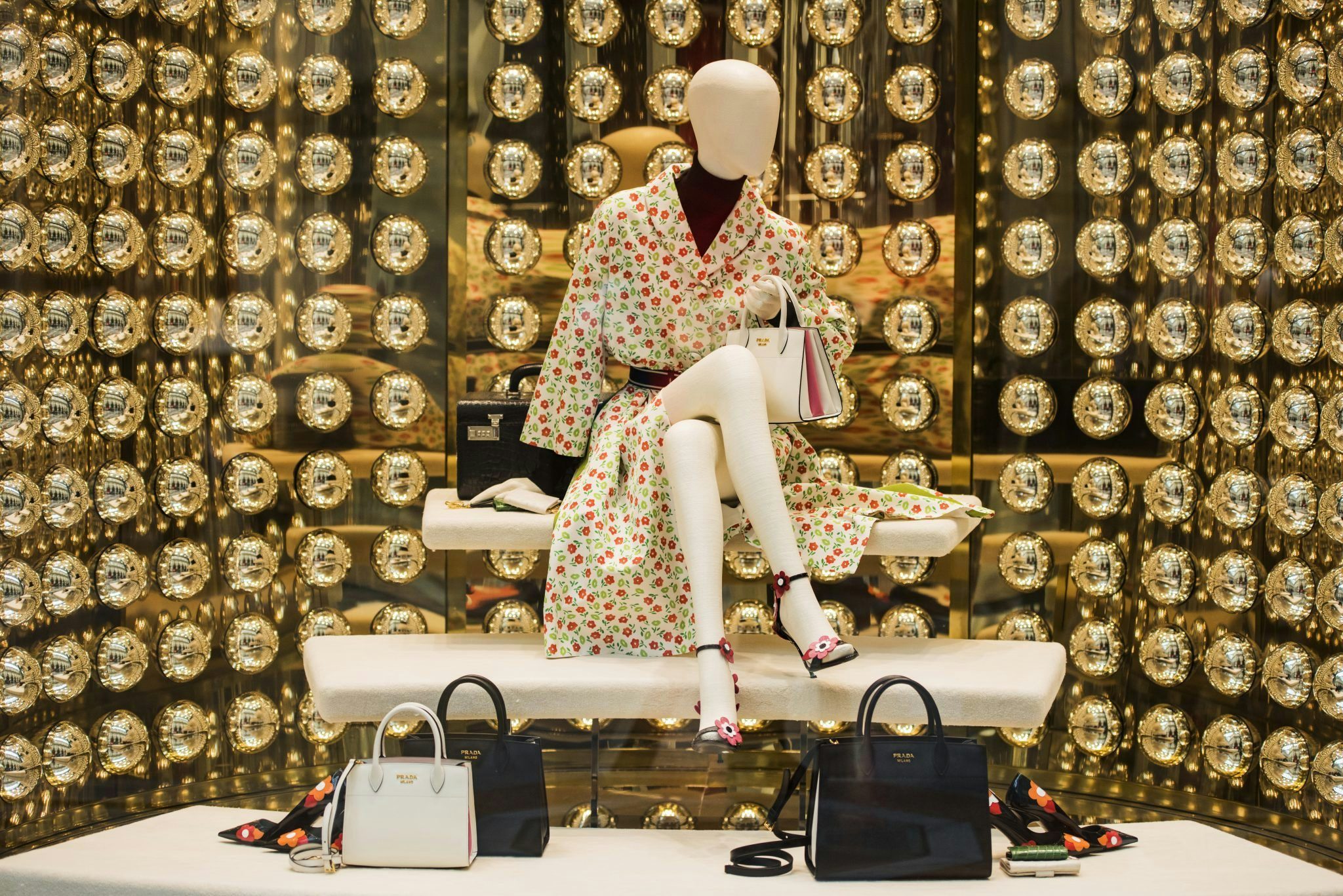On September 8, during New York Fashion Week, the Chinese local fashion site Luxe.co gathered a number of veteran fashion and luxury investors to discuss their views on cross-border investment, a topic of increasing interest in the luxury sector.
The New York Fashion Forum, as the panel was called, included Jeacy Yan, the Partner of IDG Capital that is behind brands including Moncler, EVISU, and Gentle Monster; Joseph Lamastra, Founder of Sandbridge Capital, who is also an investing partner of Tommy Hilfiger; Cliff Moskowitz, President of InterLuxe, whose firm owns a controlling stake in Jason Wu; and Richard Chen, CEO of Yifei Investment, whose portfolio includes Farfetch.
In a highly challenging retail environment beset by slow economic growth, online e-commerce, and fast-changing consumer behaviors and demographics, an increasing number of fashion and luxury brands have found themselves under pressure to seek out creative investment opportunities.
This has led, in recent years, to a surge in mergers and acquisition (M&A) activities around the world in the fashion and luxury industries, which have proven to be attractive to global investors, according to the accounting and consulting firm Deloitte. In 2016, the volume of fashion and luxury M&A deals skyrocketed to 211, up from 141 the year before. Investors were particularly interested in the following categories: personal luxury goods, apparel & accessories, and watches & jewelry.
Domestic Chinese companies and investment groups have also shown strong interest in this area lately. From the JD.com and Farfetch deal and the acquisition by Ellassay of Vivienne Tam's brand rights, to Septwolves' acquisition in Karl Lagerfeld China, M&A in fashion and luxury in China is not slowing down, even though the Chinese government has recently tightened control of overseas investments.
Here are three key takeaways from the panel that reveal the present and the future of the M&A market in the fashion and luxury industries, and China's continued role in it.
1. Farfetch Is Tapping JD.com's Financing Arm#
“Farfetch did not need money (from JD.com),” said Richard Chen, who claimed he was the first one to introduce Farfetch to JD.com. He revealed the truth of this recently formed partnership between the British leading luxury e-tailer and China’s second-largest e-commerce platform.
Farfetch first hopes to use JD’s financing arm so as to offer installment payment plans for young Chinese consumers. It also expects to benefit from JD.com’s logistics networks that guarantee ultra-fast delivery service for consumers in major cities, in which Farfetch’s customers reside. For example, Chen noted, JD.com can help deliver online orders within 90 minutes in Shanghai.
Last but not least, JD.com’s close ties to China’s internet giant Tencent, which owns the country’s top social media app WeChat, is another factor that facilitated the deal. The luxury e-tailer wants to tap into Tencent’s marketing networks and database to better understand the local social media ecosystem and consumers, and expand its customers in China.
Jeacy Yu, the Partner from IDG Capital, added that JD.com was helpful for Farfetch to get government approval from Hong Kong to mainland China.
2. A Good Team Can Make a Brand Shine in the Eye of Investors#
Cliff Moskowitz named fashion designer Thom Browne one of the shining stars. “I can picture Thom Browne selling menswear and womenswear, eyewear, perfume, handbags, bag packs," said Moskowitz. "I can picture Thom Browne selling furniture. There are a lot of different things you can do with a brand like that.” To put it in investment terms: “….if we can find that without having to pay 17 to 18 EBITDA (Earnings before interest, tax, depreciation and amortization) or four times the revenue, that’s the type of stuff we get excited about.”
“In fashion," he said, "it’s like in healthcare or anywhere. You gotta find a good team to back it up, so good team, good product, fair price with some type of growth opportunity.”
Besides growing in terms of categories, Joseph Lamastra mentioned the ability to grow globally is another key element. The panel also said investors should look at the technology side as it determines how to shape consumers' shopping experiences in the future. But they also pointed out that making a judgment purely based on technology could be a gamble, especially in the fashion industry.
3. Fragmented Online Players Have Changed Traditional Fashion Brands#
“I think today, the online brand and offline brand can learn from each other,” said Richard Chen. He further reasoned that while a team of an online brand can have a lot of internet-marketing savvy, they lack the knowledge of how to build a long-lasting brand or product, whereas that’s something that a traditional brand is very good at.
In the online landscape, there are more fragmented players for each niche market, making a mega brand like Michael Kors and Tommy Hilfiger hard to emerge. This also explains the popularity of fashion platforms like Amazon and Farfetch, though Chen argued that the existence of big platforms “commoditize the brand."
“It takes a brand’s soul away. As investors, we hope to pour money into the brands to make them resonate with consumers.”



